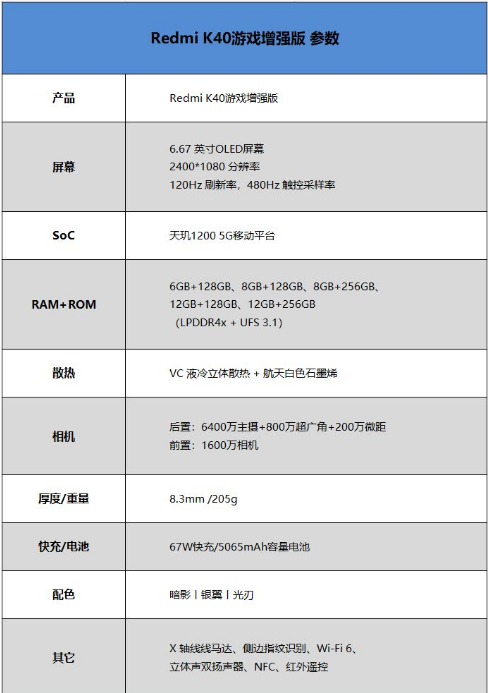商信科技网
Title: Navigating the Landscape of Information Technology in Business
In today's dynamic business environment, Information Technology (IT) plays a pivotal role in driving efficiency, innovation, and competitive advantage. Let's delve into the realm of Information Technology within the context of modern business, exploring its significance, challenges, and strategies for effective implementation.
Understanding the Significance of Information Technology in Business:
Information Technology encompasses a wide array of tools, systems, and processes designed to manage, store, and transmit data. In the realm of business, IT serves as a catalyst for transformation, enabling organizations to streamline operations, enhance communication, and gain insights through data analytics. From basic email systems to sophisticated enterprise resource planning (ERP) software, IT solutions empower businesses to optimize their workflows and stay ahead in a rapidly evolving market landscape.
Challenges in Implementing Information Technology:
Despite its numerous benefits, integrating IT into business operations comes with its own set of challenges. One common hurdle is the complexity of IT systems, which may require specialized expertise for implementation and maintenance. Additionally, ensuring data security and privacy remains a pressing concern, especially in light of increasing cyber threats. Moreover, the rapid pace of technological innovation necessitates ongoing training and upskilling initiatives to ensure that employees can leverage IT tools effectively.
Key Strategies for Leveraging Information Technology in Business:

1.
Alignment with Business Objectives:
IT initiatives should be closely aligned with the overarching goals and objectives of the organization. By understanding the specific needs of the business, IT leaders can prioritize projects that deliver the highest value and impact.2.
Investment in Infrastructure:
Building a robust IT infrastructure forms the foundation for digital transformation. This includes hardware, software, networking, and cloud computing solutions tailored to meet the organization's requirements for scalability, reliability, and security.3.
Embracing Datadriven Decision Making:
In the era of big data, businesses can derive actionable insights by harnessing the power of analytics. By leveraging advanced analytics tools and techniques, organizations can uncover trends, patterns, and correlations that inform strategic decisionmaking processes.4.
Ensuring Cybersecurity:
Protecting sensitive data and systems from cyber threats is paramount. Implementing robust cybersecurity measures, such as firewalls, encryption, and access controls, helps mitigate risks and safeguard the integrity of business operations.5.
Fostering a Culture of Innovation:
Encouraging a culture of innovation is essential for driving continuous improvement and staying ahead of the competition. IT leaders should create avenues for experimentation, collaboration, and knowledge sharing within the organization.Conclusion:
In conclusion, Information Technology plays a pivotal role in shaping the landscape of modern business. By leveraging IT solutions effectively, organizations can enhance operational efficiency, foster innovation, and gain a competitive edge in today's digital economy. However, success in harnessing the power of IT requires a strategic approach, encompassing alignment with business objectives, investment in infrastructure, datadriven decisionmaking, cybersecurity measures, and a culture of innovation. By embracing these principles, businesses can navigate the complexities of the digital age and unlock new opportunities for growth and success.












评论